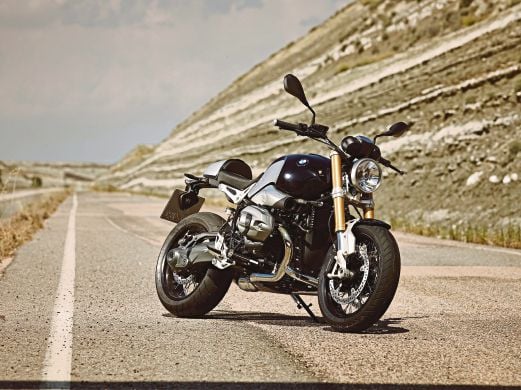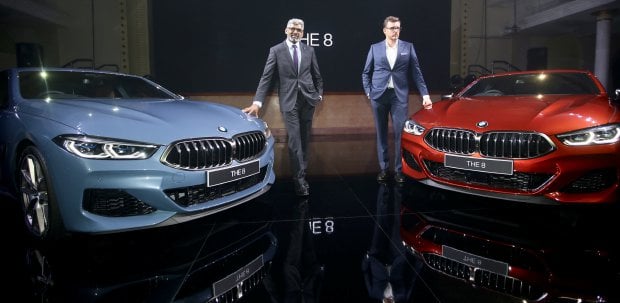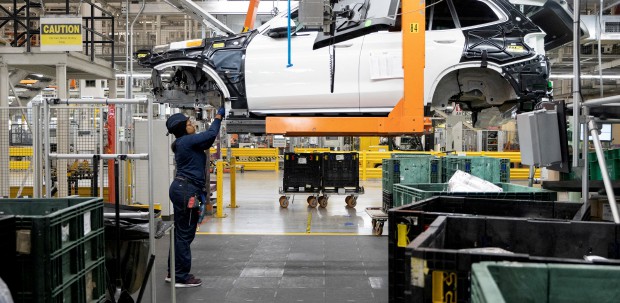RETRO style is a term popularly used to describe a style from the past, referring to the fashion of things produced during the Industrial Revolution and the Era of Modernity.
It focuses on products, fashion and artistic styles of that time.
In the world of motorcycles, it would most likely mean the styles, fashions and art of the late Seventies and early Eighties.
Kawasaki first saw the retro niche and promptly released the Zephyr 750, followed by the Zephyr 1100.
Then there was the XJR series from Yamaha and the reborn GSXs from Suzuki. Honda lost it in the translation with the CB1000 Big One but recently redeemed themselves with the CB1100.
Triumph struck gold with their Bonnevilles and Thruxtons. Ducati created instant icons with the Paul Smart and GT1000. Other manufacturers, too, got on the retro bandwagon with varying degrees of success.
BMW had a few tries at a retro-styled roadburner before the R9T. Initially, there was the R850R and the R1100R. They were too mundane and didn’t sell.
Its retro offerings later morphed into the R1150R, Rockster and R1200R, which were quite simply, confused.
Capable they may be, but confused as to what they were.
BMW needed to tap this burgeoning market but its attempts were off-target. It could build a world-beating Superbike in the S1000RR and build arguably the best dual-purpose bike in the R1200GS but they couldn’t crack the Retro market. It needed inspiration. And its 90th anniversary was looming fast in 2014.
Ola Stenegard, BMW Motorrad’s design chief, finally found the source of inspiration in California. Roland Sands, of RSD (Roland Sands Design), was roped in by Stenegard to help BMW build the Concept Ninety Roadster. The 1973 BMW R90S was it muse and the rest is history.
BMW used almost all of the Concept Ninety elements to build the production R Nine-T. The masterstroke was losing the Telelever front-end of every previous roadster it had built, and grafting in the front end of the S1000RR. Then it built a simple tube frame to house their ubiquitious flat twin into. Styling elements from the concept like the short, stubby tail section, the curvaceous petrol tank and the twin exhausts were incorporated into the design. Other elements, like the single-sided swingarm, was already a BMW hallmark. More importantly, it kept the design simple and neat and used classy finishes such as textured plastic and brushed aluminium to accentuate the R Nine-T’s shape.
The powerplant is the standard 110 horsepower 1170cc twin-cam, 4 valve air-cooled flat twin, with 6 speeds and Paralever shaft drive, shared with other models in the range. EFI and ABS are standard. One deviation is that the wiring harness is designed to be in sections, allowing the owner to remove parts without affecting the main harness. Perfect for modification and BMW provides many “custom” parts from it catalogue to choose from. Plug and Play, as it were. Another change is the final drive is from the Police-spec RT, with a lower ratio. Fit and finish of the R Nine-T is impeccable as usual with a BMW.
The black anodised wire wheels are not shared with the GS series. The spokes are central and that means the R Nine-T uses tubes. But the sizes are standard sportsbike specification of 120/70 and 180/55, both in 17-inch sizes. The Brembo brakes are up to the task. Triple discs (two 320mm fronts and a 265mm rear) will haul you up from any speed, without drama (ably assisted by the ABS).
Instrumention is limited to the two analog dials and the switchgear is all standard BMW fare. Press the starter button and the flat twin thrums into life, as always, threatening to tip over with every blip of the throttle. The sound from the accessory Akrapovic exhaust is bassy and boomy with a tendency to backfire now and again.
Loud it is not but it always motivates you to play tunes on it. First gear slots home and the 88 lb/ft of torque will allow you to aviate the front wheel, if you so desire, off the throttle. If you are less inclined (or a scaredy-cat, like me), you will notice that all is smoothness and silk all the way to the redline, in every gear. Vibration is well controlled but still present at all speeds especially through the handlebar.
Tip into a slow corner and the wide, flat handlebars allow superb control and the light, balanced handling is pinpoint accurate. But surprisingly the R Nine-T’s forte is long, medium-fast sweeping corners. Just like the GS series, it hugs the line you choose and remains stable and sure-footed. Changes in direction or line are easy-peasy. Makes you wonder what the fuss is about the Telelever…
Nevertheless, the R Nine-T is not perfect. In town, the handlebar becomes your bugbear. It is much too wide for easy filtering and you will spend a lot of time apologising to car drivers for mashing their side mirrors. And on the highway, anything above 140 km/h will turn you into a bona-fide parachute. There is no use hiding behind the instruments, they are too small. In other words, if speed is your thing, get some clip-ons and a flyscreen (available in the catalogue “wink, wink).”
But this type of performance is not the point. The R Nine-T is as good a motorcycle as BMW can build. The point is, is it a proper retro-style motorcycle? Will it be in the wet dreams of every hipster worldwide? The answer is, “Yes”. The R Nine-T evokes the spirit of the 1973 R90S in every way but is equipped with superb, up-to-date electronics and equipment.
The R Nine-T is BMW’s retro statement, and what an emphatic statement it is. Brutal, raw, beautiful, iconic are all words that describe it. Thank you for building it, BMW…
PS. Now they have built a Scrambler version. Call me quick BMW Motorrad. I feel a long-term test coming up…





